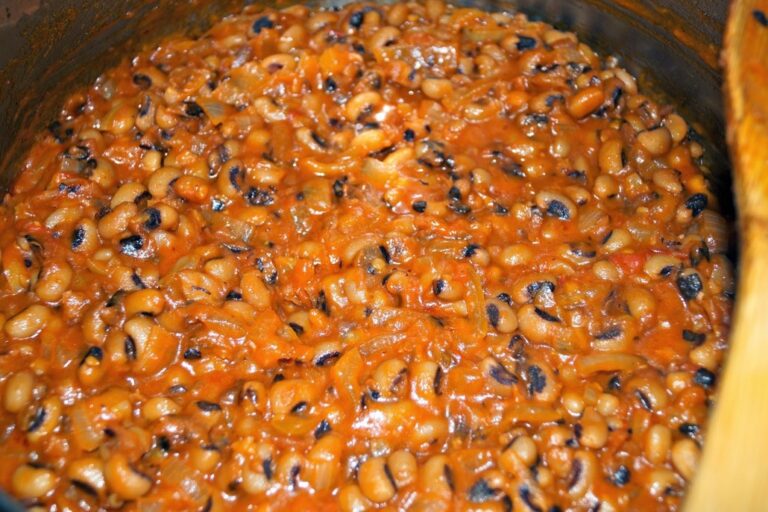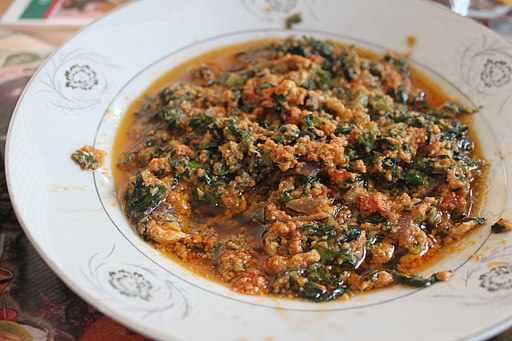Introduction: Sierra Leonean cuisine
Sierra Leonean cuisine is a combination of traditional West African dishes and colonial influences. The cuisine is characterized by the use of locally grown ingredients such as rice, cassava, yams, plantains, and peanuts. Seafood is also a staple in Sierra Leonean cuisine due to the country’s coastal location. Spices and herbs such as ginger, garlic, chili peppers, and coriander are commonly used to add flavor to dishes.
Halal and Kosher dietary restrictions
Sierra Leone is a predominantly Muslim country, and as such, halal dietary restrictions are observed. Halal meat is prepared according to Islamic dietary laws, and pork is not consumed. While there is a small Jewish community in Sierra Leone, kosher dietary restrictions are not widely observed. Visitors who adhere to kosher dietary laws may face challenges finding suitable food options in Sierra Leone.
Vegetarian and vegan options
Sierra Leonean cuisine offers several vegetarian and vegan options. Vegetable stews such as groundnut soup or cassava leaf stew are often made without meat or fish. Rice dishes such as jollof rice or fried rice can also be prepared without meat or fish and are typically served with vegetables. Plantains, yams, and other root vegetables can also be prepared in vegetarian or vegan-friendly ways.
Common allergens in Sierra Leonean cuisine
Nuts, particularly peanuts, are a common ingredient in Sierra Leonean cuisine. Visitors with nut allergies should inform their hosts or servers and exercise caution when dining out. Seafood is also common in Sierra Leonean cuisine and may be a concern for those with shellfish or fish allergies.
Health considerations in Sierra Leonean cuisine
Sierra Leonean cuisine is generally healthy, with a focus on fresh, locally sourced ingredients. However, some dishes may be high in fat or salt due to the use of palm oil or seasoning cubes. Visitors should also be cautious of waterborne illnesses and ensure that they only drink bottled or boiled water.
Conclusion: Balancing tradition and modern dietary needs
Sierra Leonean cuisine offers a range of options for visitors with various dietary restrictions or preferences. While the cuisine is steeped in tradition, there are also options for those seeking modern and health-conscious dishes. As with any travel destination, visitors should inform their hosts of any dietary restrictions or concerns and exercise caution when dining out. By balancing tradition and modern dietary needs, visitors can fully experience the flavors and culture of Sierra Leonean cuisine.






